Feeling cooped up, cabin fever, depression setting in or just bored? If you are feeling any of these things due to social distancing or self-isolation, or even isolation due to illness, then exercise is a really good way to help combat these feelings. It may be just what you need to help you feel that little bit better within yourself, particularly if you are usually active, whether as part of your job or otherwise.
Physical activity is beneficial to health in a lot of different ways; there are physiological benefits that include cardiovascular efficiency, improved sleep, stability of bone and joints and reduction in body fat. There are also psychological benefits such as improved self-esteem, reduced anxiety, stress and depression.
When you are cooped up at home and cannot go outside, it is even more important for your mental health and well-being to move around, whether it is just a walk to look out of the window, a 5-minute walk or jog up and down the stairs or hallway, some basic exercises, or even a 15-minute high intensity interval training (HIIT) session in your front room or bedroom, all of these things may help.
Basic bodyweight exercises
This workout is designed for the less active and for beginners. All you need is a bit of floor space, a mat/towel/sheet (Figure 1), even a baby changing mat or a piece of veterinary fleece bedding will be sufficient.
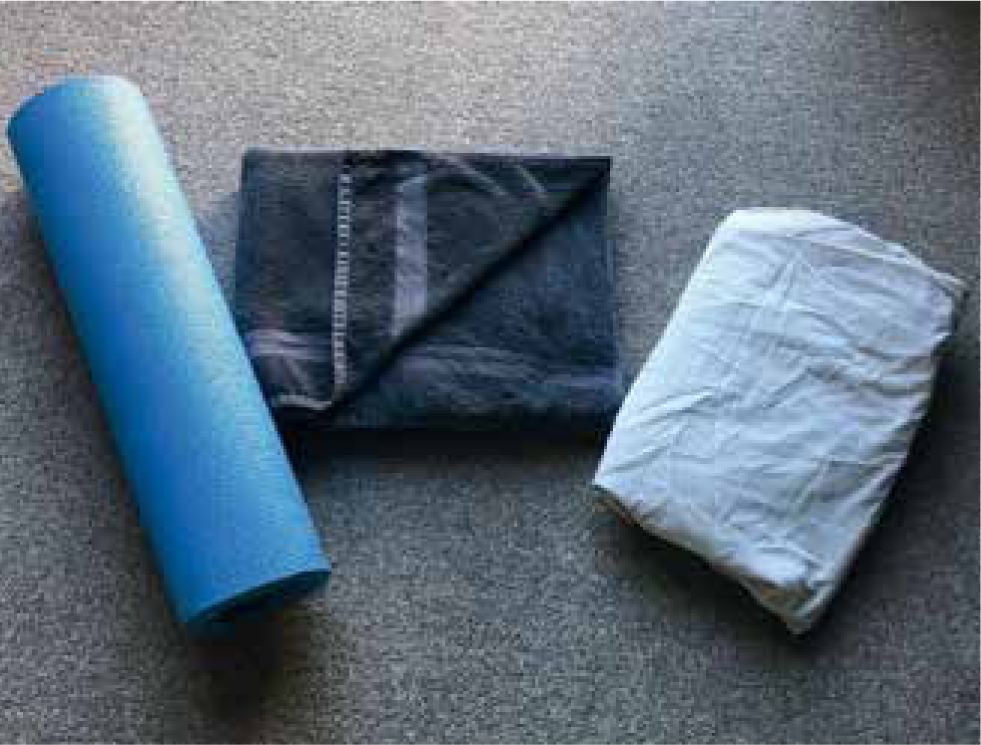
You do not have to be physically fit or have great coordination; this is about setting yourself small achievable goals and slowly building up to bigger goals. Once you reach your goal you should immediately set new goals to keep motivation going. Please see further reading for good examples of books and websites to help you to create and further goals.
Bodyweight exercises help to work all the muscles in your body and are easy to modify to any fitness level. You can tone your muscles, burn calories and increase muscle strength. If you are starting from a lower baseline fitness, you may see results quickly.
A repetition (rep) is the number of times you perform the exercise; a set is the number of cycles you do. Start with 8–12 reps and gradually increase to 12–14, and build up from one set to two or three sets.
The following are all bodyweight exercises that can be carried out with no equipment (although a mat, towel or similar is advisable for comfort).



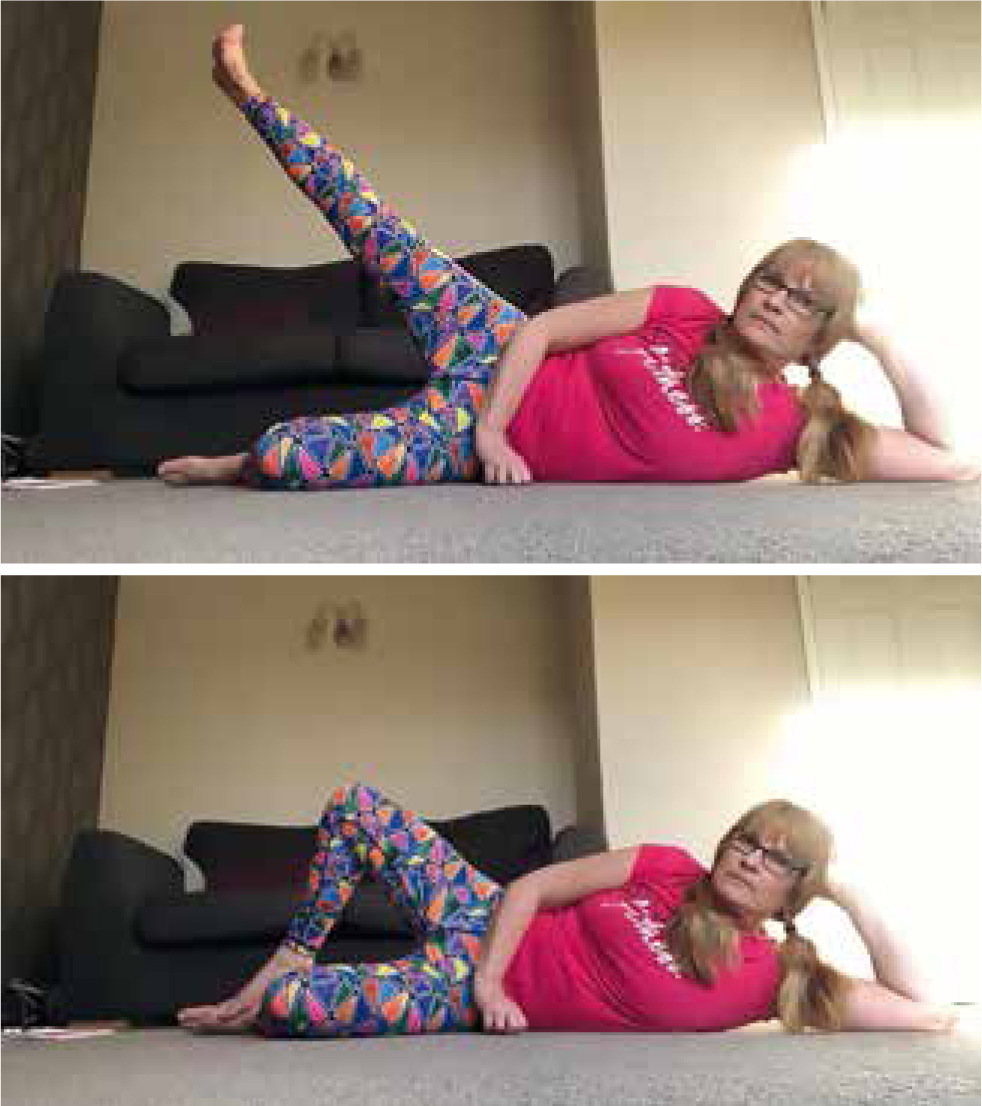
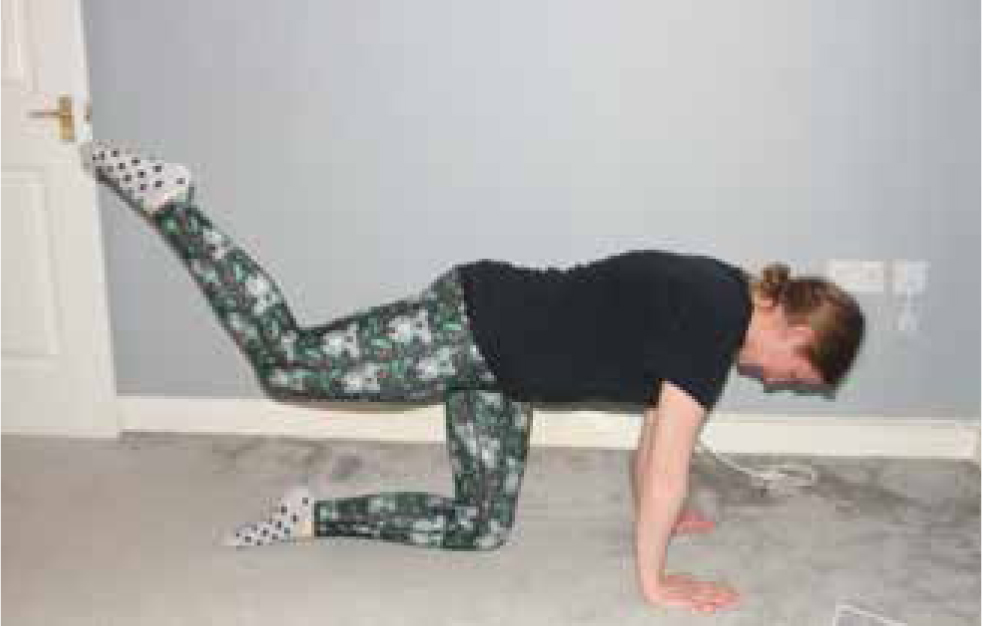
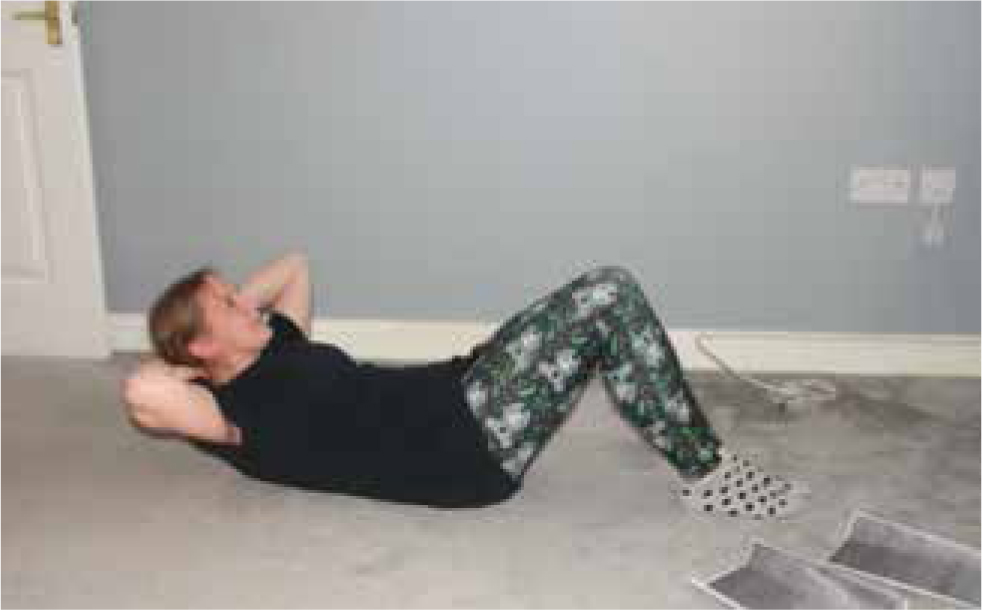
HIIT with minimal equipment
High Intensity Interval Training is a form of training that has become popular in recent years. The idea of HIIT is that you switch back and forth between short bursts of high intensity exercise and short rest periods. The intensity of the workout means that you try to work as near to your maximum heart rate as you feel comfortable doing. This will result in burning more calories per minute than a moderate to slow workout. As an added bonus, it does not take up too much of your time.
You just need a little bit of open space on the floor for a HIIT session. You do not even need your own music, as there are many Apps and free workouts that you can access off the internet and download onto your mobile phone or iPad; these workouts range from yoga routines to circuits.
It has been suggested that by using a HIIT approach, even as little as 7 minutes of exercise is enough time to get an effective workout. However, whether it is 7 minutes or 15 minutes, any time spent doing exercise is going to be good for your body, and will additionally be improving your mental health along with your mood.
Using full-body exercises can really get your heart rate up and will use the majority of your major muscle groups.
Warm up
It is advisable to undertake a short warm up before you try to do a HIIT session or any vigorous exercise. This may take the form of some simple walking/jogging on the spot, followed by some knee raises (Figure 8), punches or jumping jacks. When you feel warm and a little sweaty you are ready to start your exercise session proper.

HIIT session
For the main HIIT session, a recommended circuit is 30–45 seconds carrying out each of the following exercises, followed by a short rest of 10–15 seconds (Figures 9 to 12):
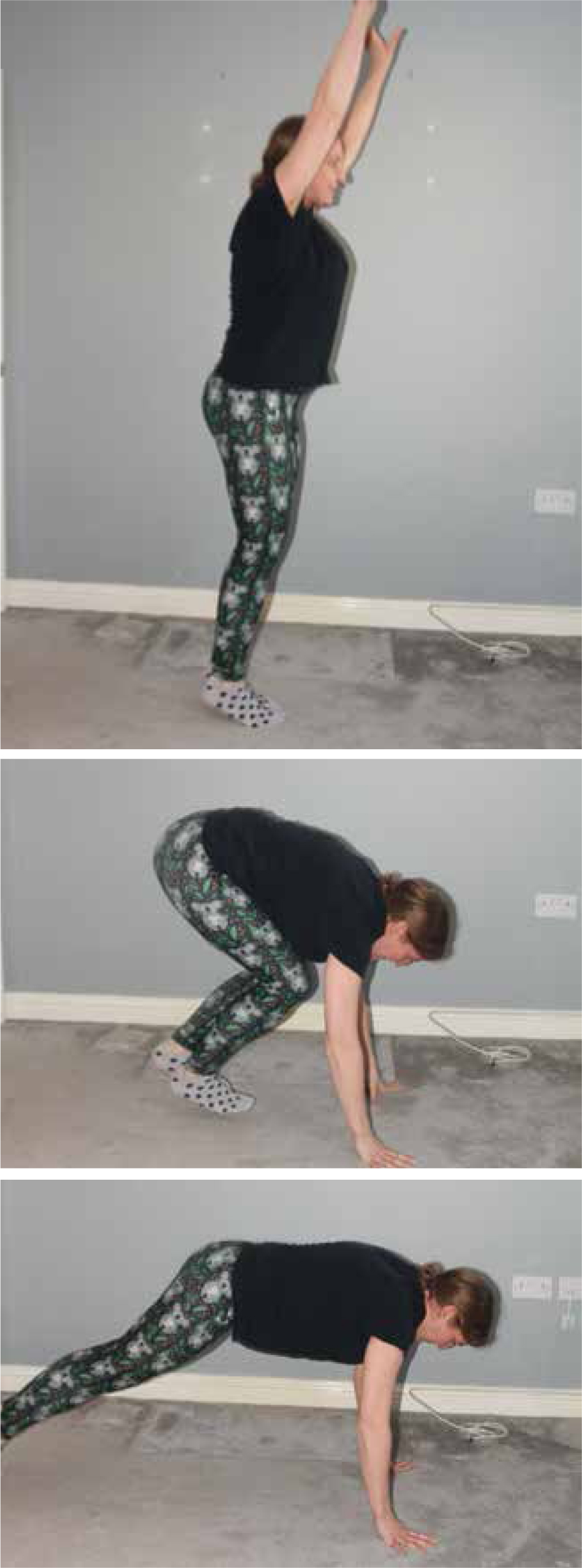
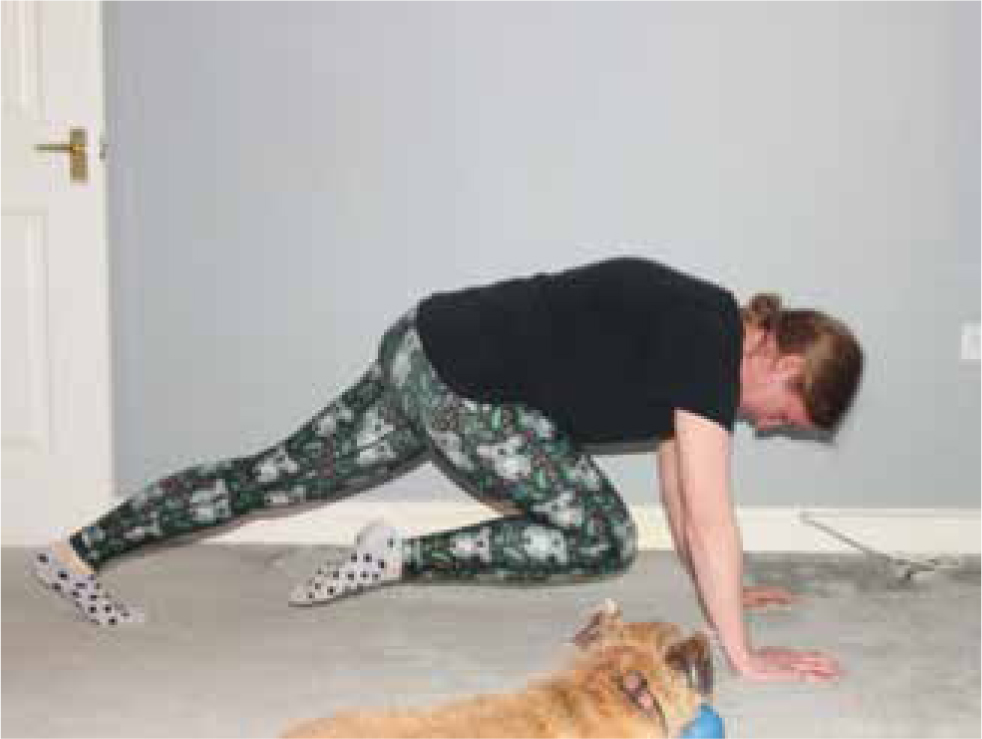
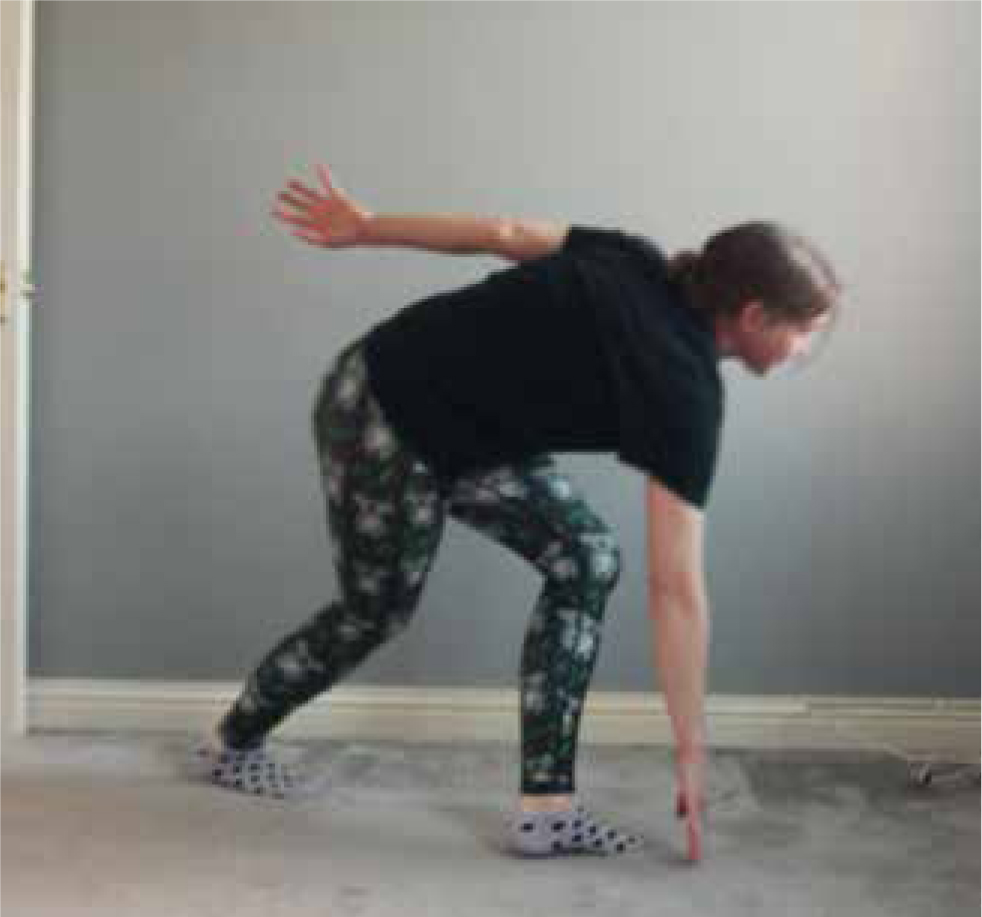
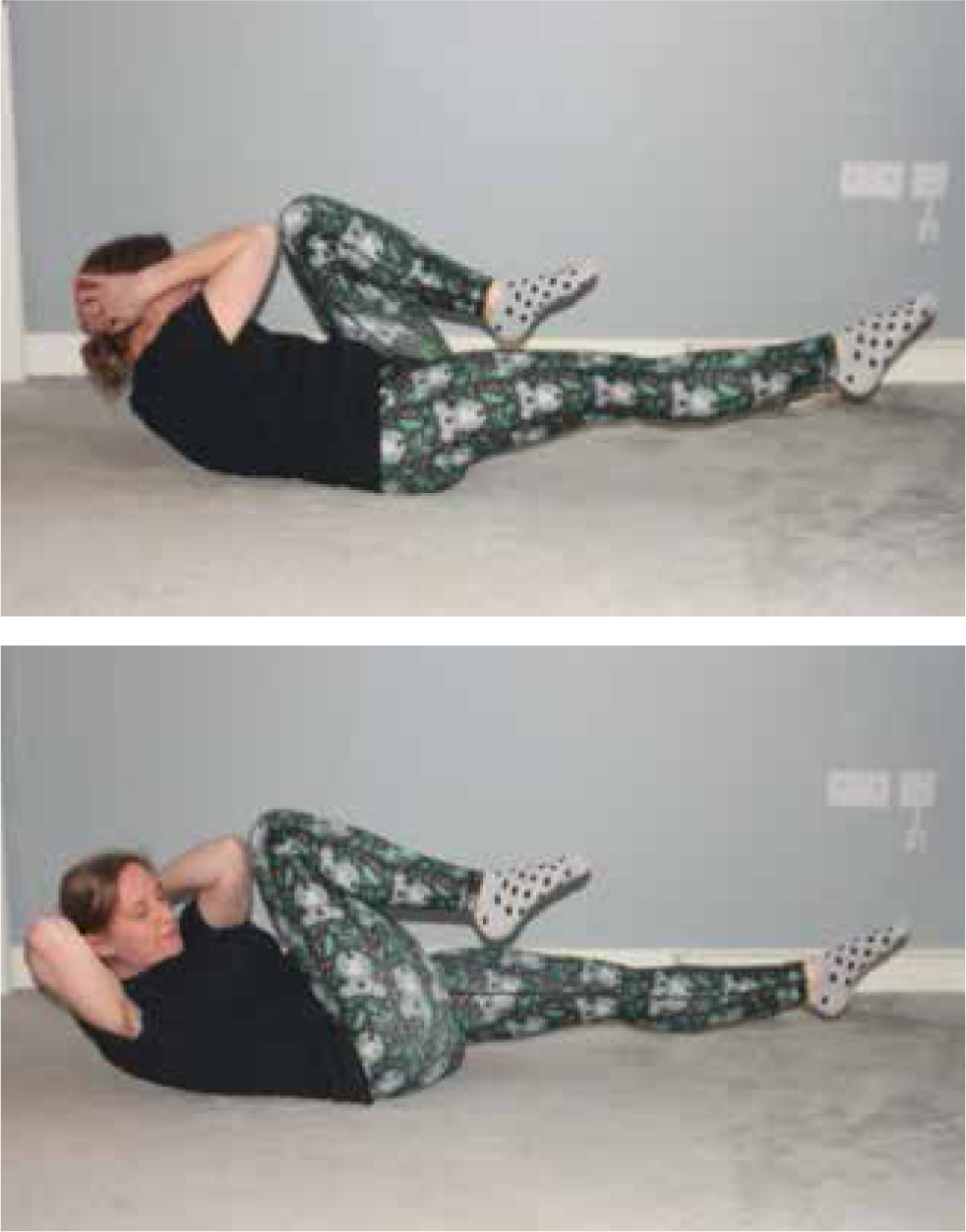
Once you have completed one round of each exercise, try to repeat the complete round twice or even three times more.
If you are a beginner or totally new to exercise, build up slowly the number of repeats you do at a time, or have longer rest breaks and shorter exercise periods, say 20–30 seconds on each exercise and 15–20 seconds of rest. It is important that you do not do too much to soon.
Remember, working out at home can be just as effective as working out in an expensive gym, although it can also be ineffective (as can working out at the gym). Either way, providing that you put effort in, you will get results out.
Alternatives for physical activity
Remember also that exercise is any body activity that enhances or maintains physical fitness. Ideally, find an activity that you enjoy and can incorporate into your life, such as gardening or even playing with children. Alternatively, if you do not like doing burpees or mountain climbers (and a lot of people do not), you can always vigorously hoover the carpets, walk or jog up and down the stairs, dust away any cobwebs or even empty and rearrange your slightly higher cupboards and then put everything back in, carefully stretching and lifting.
Delayed onset muscle stiffness
Whenever you start exercising or increase your exercise level, you may feel a little sore or stiff the following day as a result of delayed onset muscle soreness. This is felt 24–72 hours after exercise and is perfectly normal with nothing to worry about unless it lasts longer than 5 days. Self-massaging the areas that are being exercised can help with this; you can massage with your hands and a little baby oil or lotion, or use a foam roller or a massage stick if you have one (Figure 13). Remember to start small and build up – Rome wasn't built in a day.
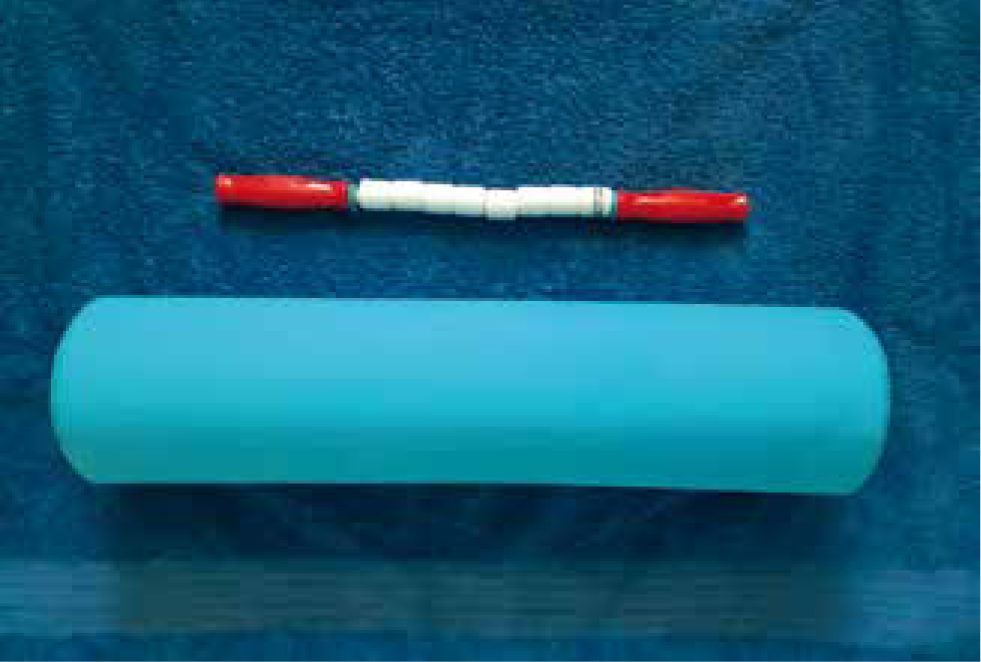

Conclusions
Whether or not 7 minutes of HIIT is sufficient to develop for physical fitness, what is certain is that exercise provides both physical and mental benefits Performing such exercise — whether basic body weight exercises, HIIT or other exrcise, may be particularly beneficial if you are cooped up in your home.

